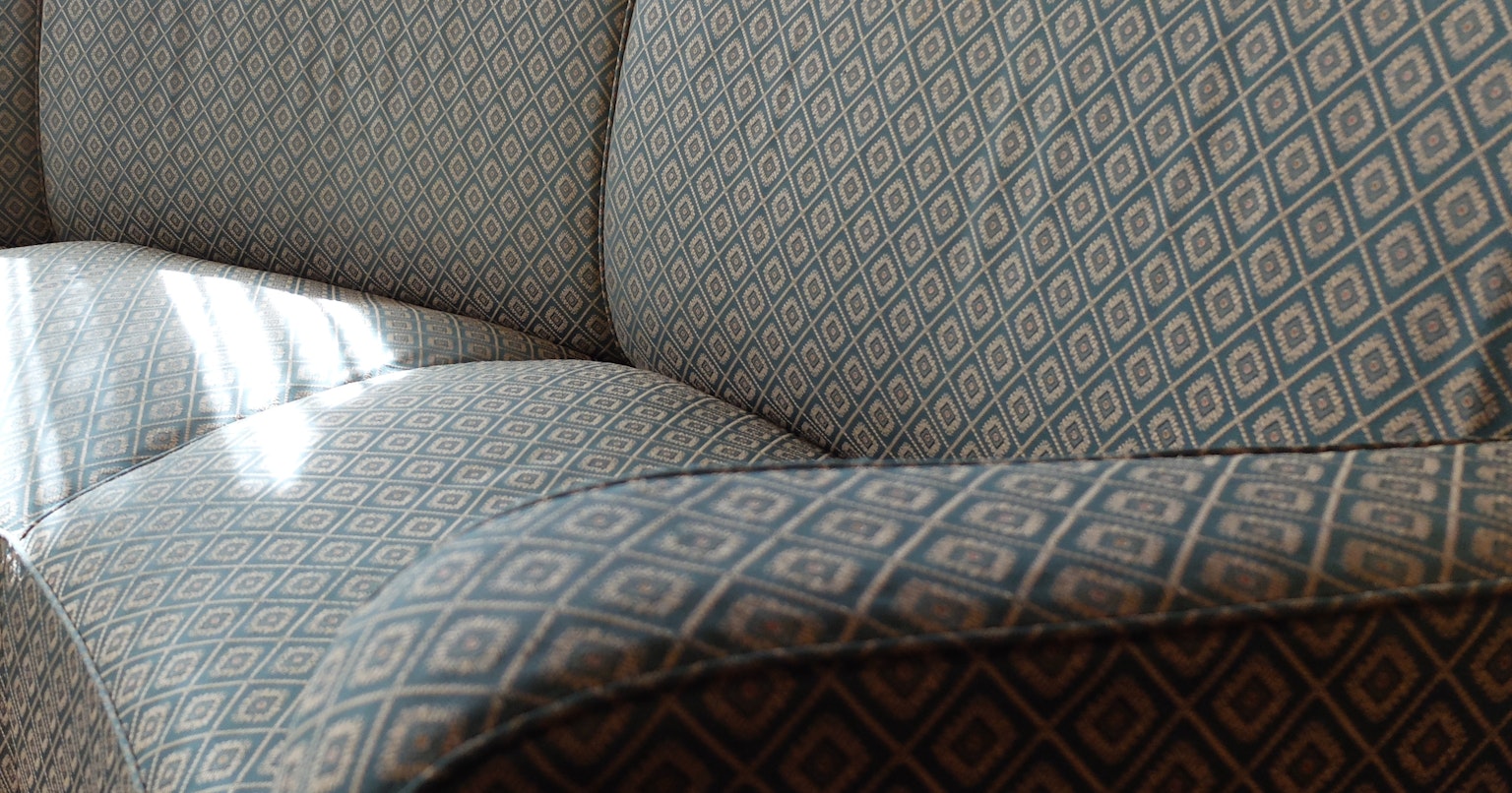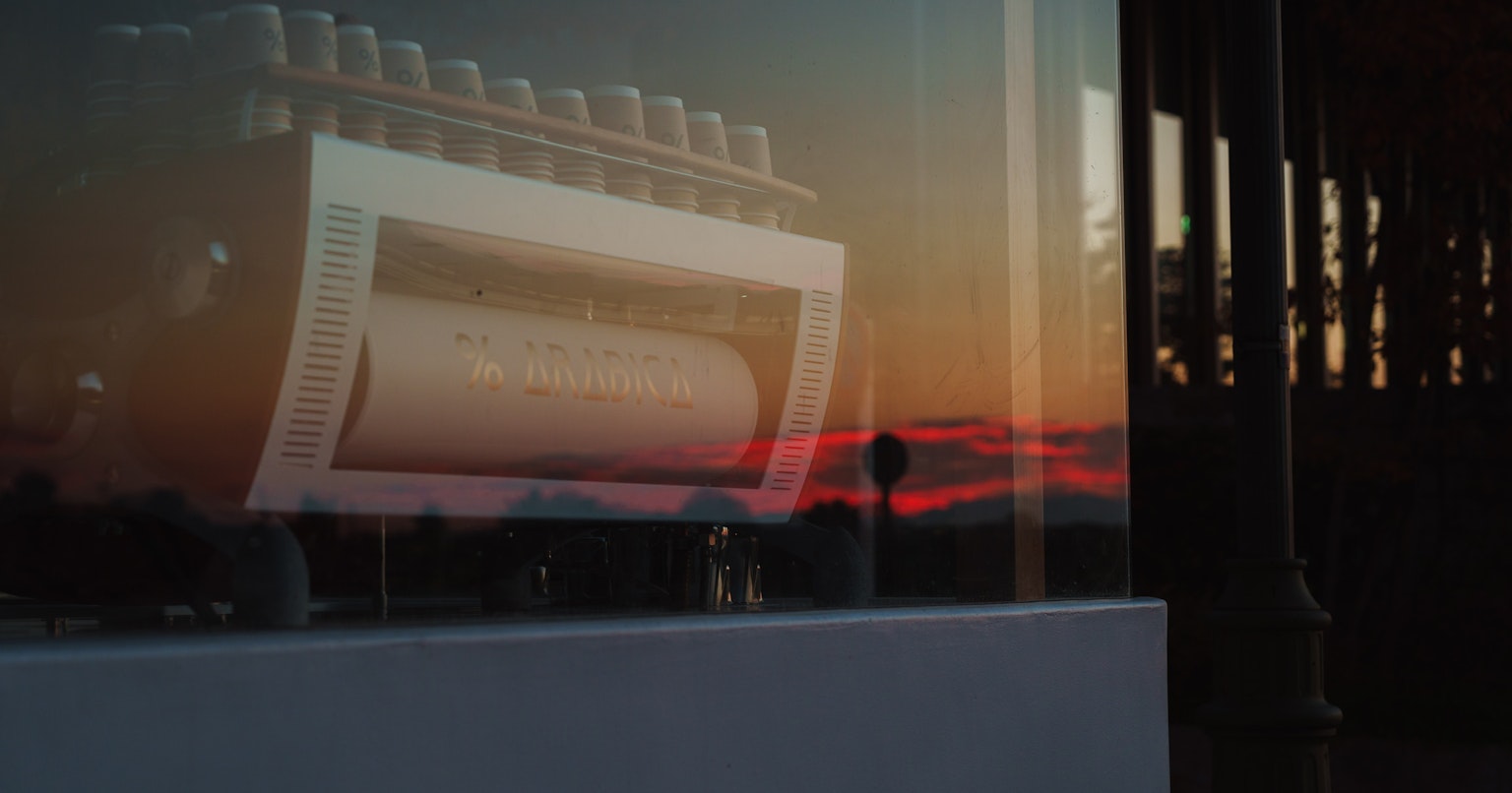Transform Your Horizontal Photos: Tips for Mastering Horizontal Composition | Focus #143
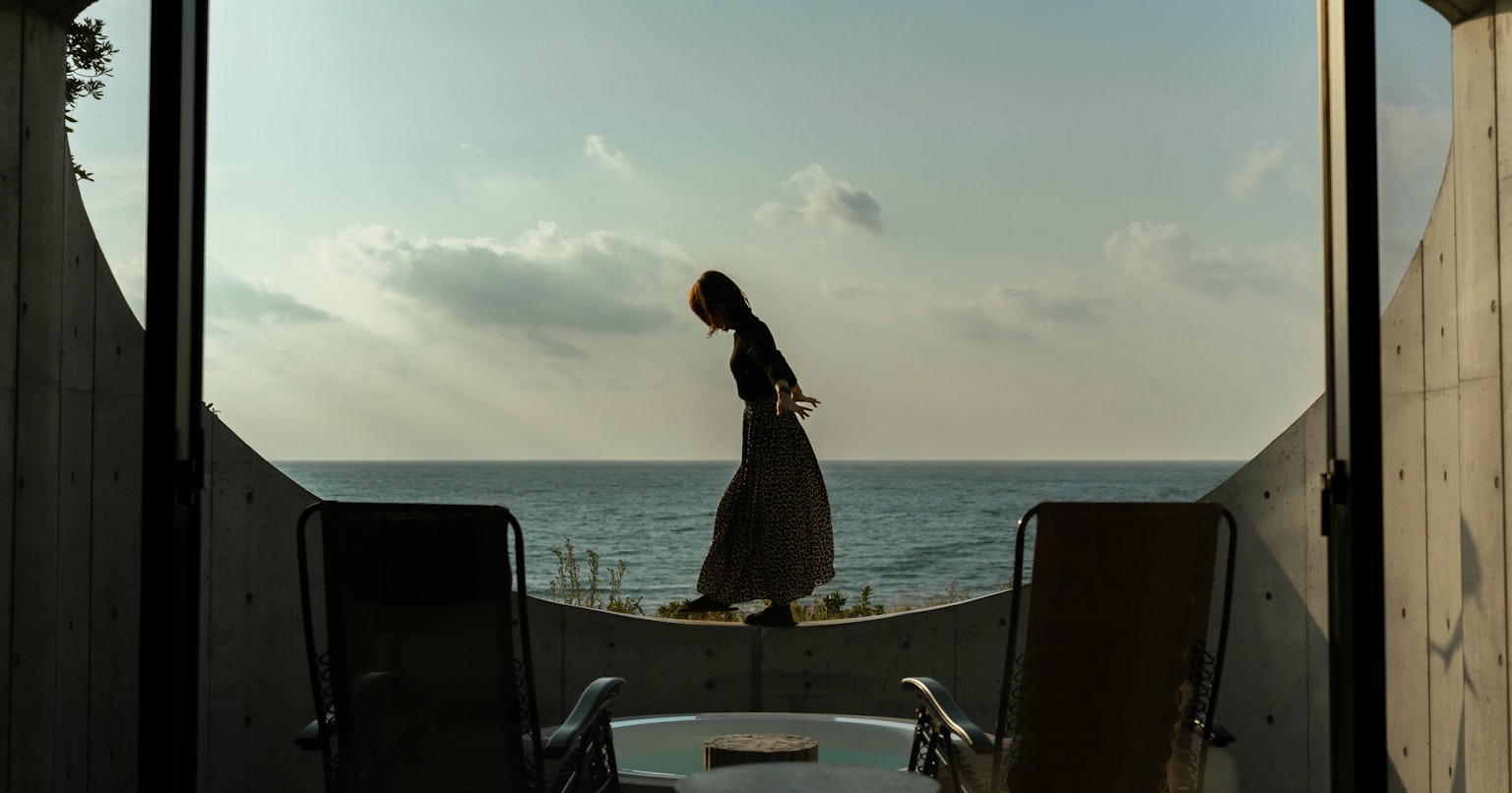
cover image by yic
Do you find horizontal photos more challenging than vertical ones? Horizontal photos emphasize breadth, requiring thoughtful composition in subject placement, balance, and maintaining the horizon.
Don't worry, though. This time, we're introducing specific tips for improving your horizontal photo composition.
Utilizing the Rule of Thirds and Leading Lines
The rule of thirds is a fundamental technique in photo composition. By dividing a photo into thirds both vertically and horizontally and placing the subject at the intersections, you can achieve a balanced photo. For example, when photographing a seascape, placing the horizon in the top third and the sea or foreground beach in the bottom two-thirds creates a sense of expansiveness. Aligning focal points like mountain peaks or towers with these intersections can also be effective.
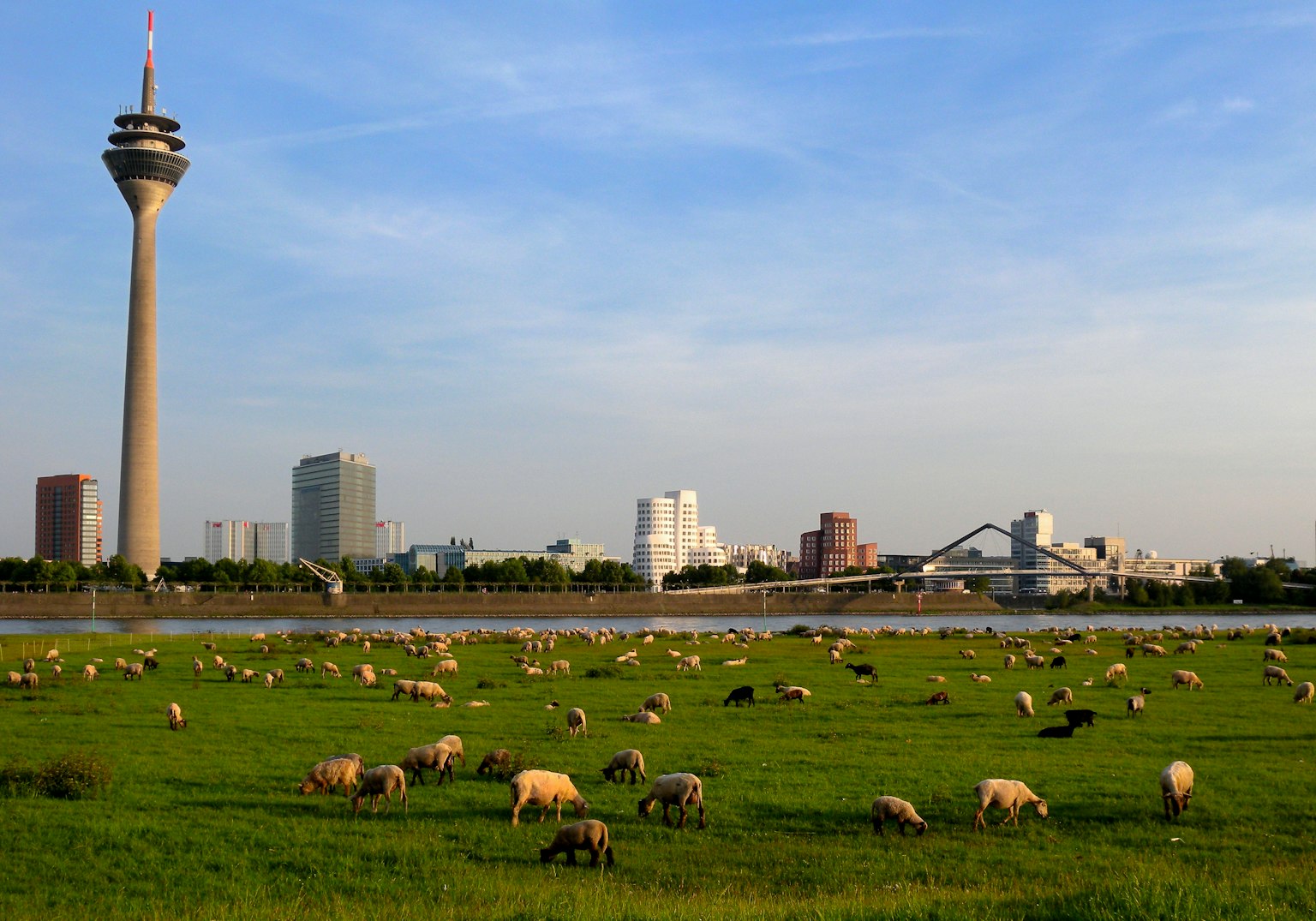
Image by 20RyanKino24
Leading lines are lines that guide the viewer's eye in a specific direction, using roads, rivers, fences, etc. For instance, in a photo where a road leads to a distant building, using the road as a leading line can direct the viewer's gaze to the distant structure.
Awareness of Foreground, Middleground, and Background and Maintaining the Horizon
By being conscious of the three-layer structure of foreground, middleground, and background, you can add depth to your photos. Placing something in the foreground naturally guides the viewer's eye deeper into the image.
The meanings of foreground, middleground, and background are as follows:
• Foreground: The part of the photo or painting closest to the viewer, often where the main subject or objects of interest are placed.
• Middleground: The area between the foreground and background, where elements that enhance the foreground are placed while connecting with the background.
• Background: The farthest part of the photo or painting, where elements that define the overall atmosphere, such as scenery or landscape, are placed.
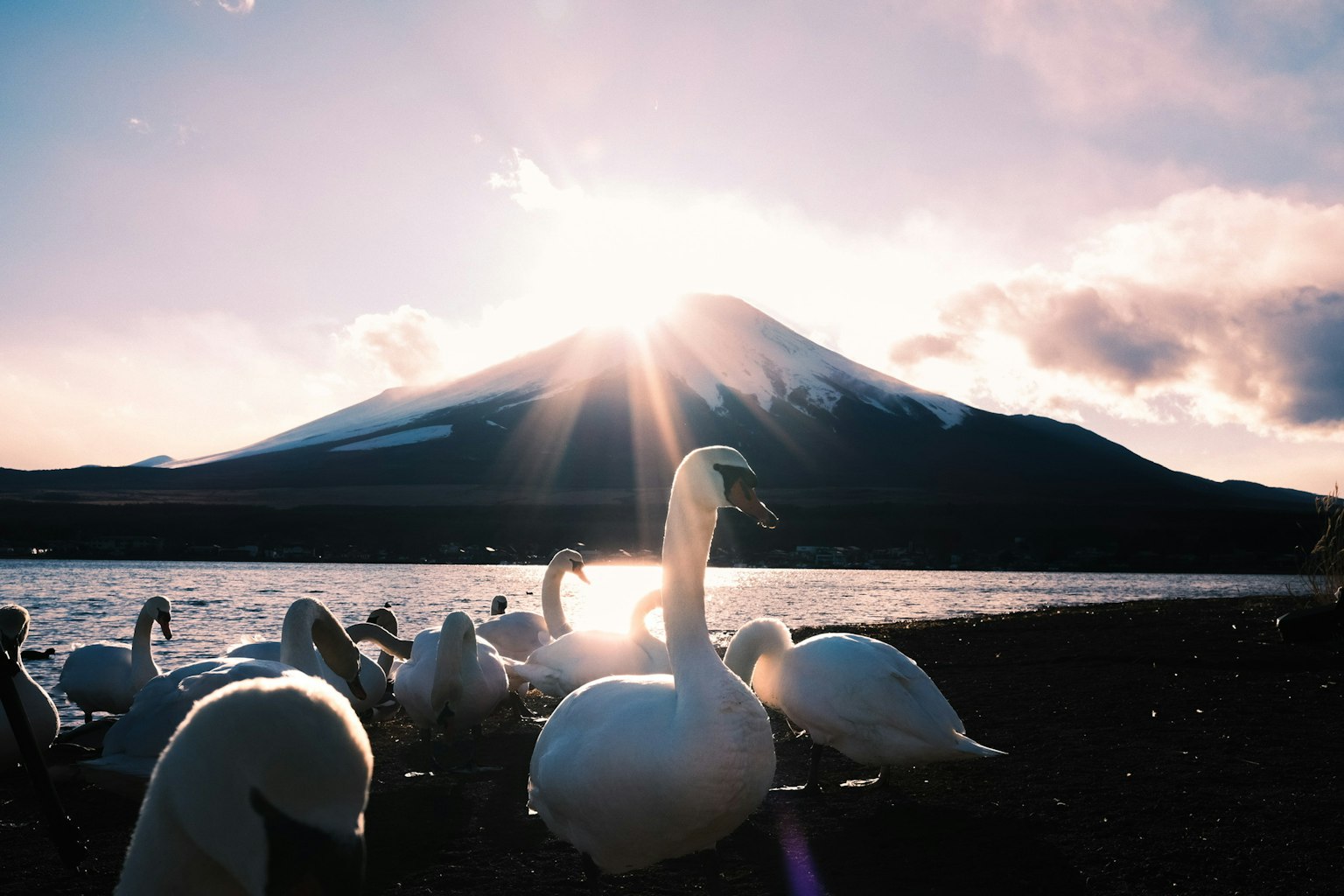
Image by T15
For example, placing flowers in the foreground, a river in the middleground, and mountains in the background naturally guides the eye from the foreground to the background. In urban landscapes, including part of the street in the foreground, buildings in the middleground, and a wide sky in the background can create a sense of depth.
Balancing and Symmetry
In horizontal photos, left-right balance is crucial. However, symmetry is not always necessary. Symmetrical compositions provide visual stability, but interesting photos can also be taken with asymmetrical compositions.
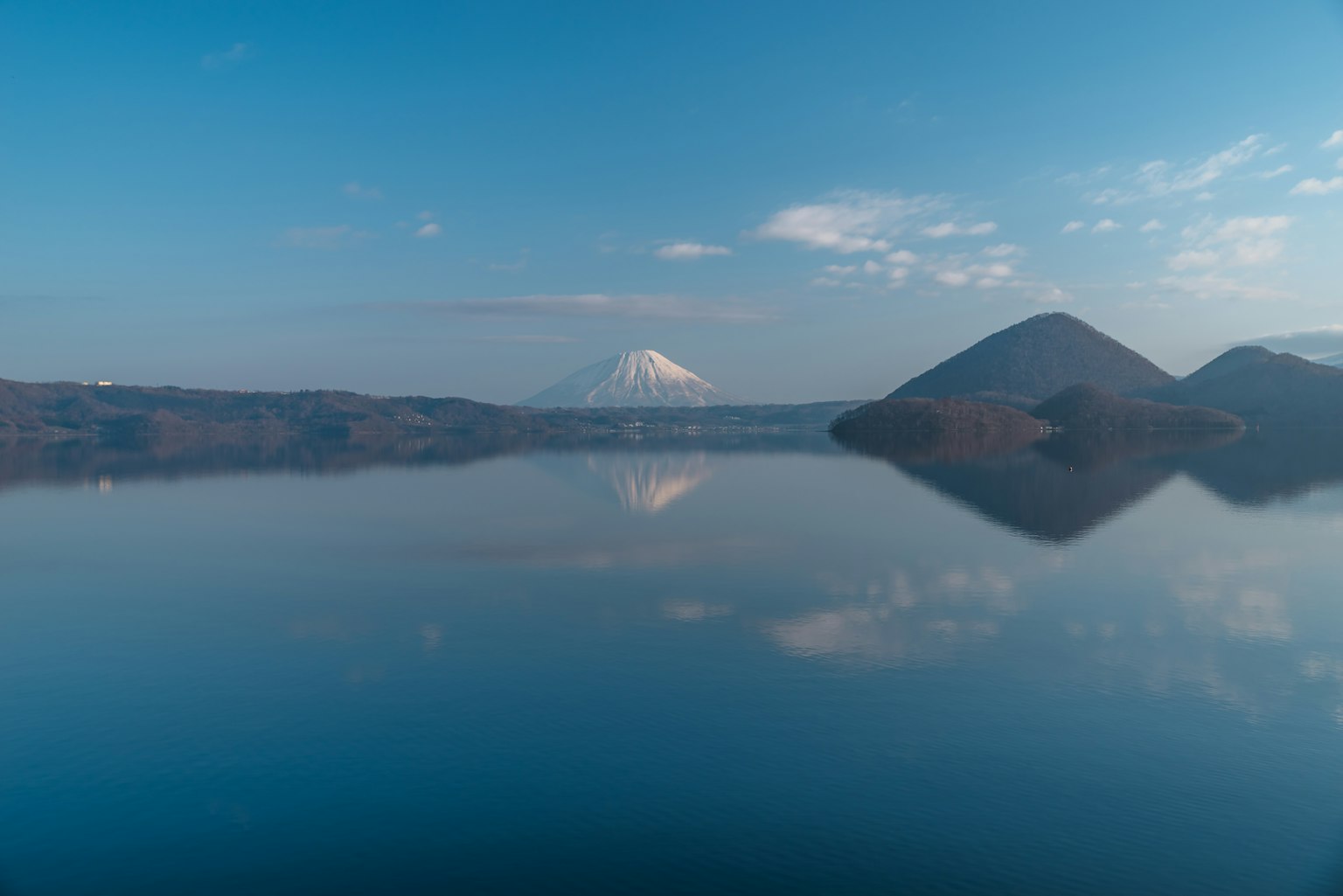
Image by S.Yasu Photo
For instance, in a lake photo, placing the horizon in the center and arranging mountains or trees symmetrically can express orderly beauty. Alternatively, placing a large building on the right and a small boat on the left creates an interesting balance despite the asymmetry. By honing this sense of balance, you can capture more captivating photos.
Capture Heartfelt Horizontal Photos
Horizontal photos are appealing for their breadth and dynamic expression. There are moments that can only be captured in horizontal photos, such as natural landscapes or urban panoramas.
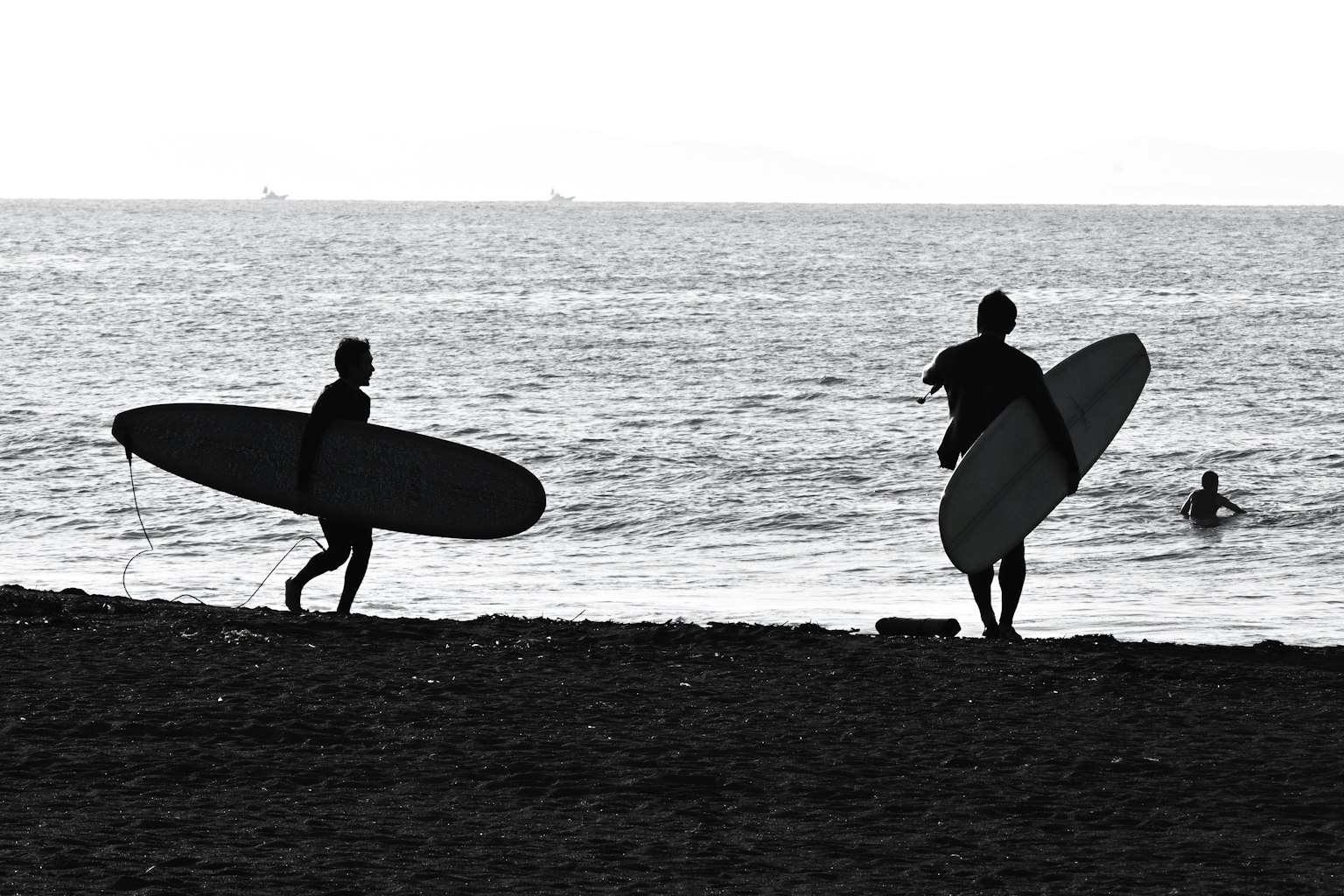
Image by tamu1500
Why not challenge yourself with diverse photographic expressions using these techniques as a reference? Enjoy discovering new perspectives while utilizing the composition tips introduced here.


